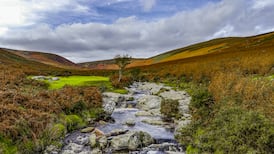I noticed this fungus in our garden and thought it was an ink cap. I was all ready to get the frying pan, butter and shallots, but then noticed it was completely surrounding the hazel stem. I can’t locate this fungus in any books we have, nor online. Would you know what it is and, more importantly, can we eat it? – Nelleke McGrath
Unless you are partial to dog’s vomit, you can put the frying pan, butter and shallots away. This is not a fungus at all but slime mould, Mucilago crustacea, known in English as “dog sick fungus”. While most commonly seen on grasses, mosses and on decaying wood, it occasionally climbs on to the stems of herbaceous and woody plants. In Denmark, where it was treated with suspicion, it is called witch cat vomit. Still, the Danes considered it good luck to the livestock if it ended up on grass in animal feed!
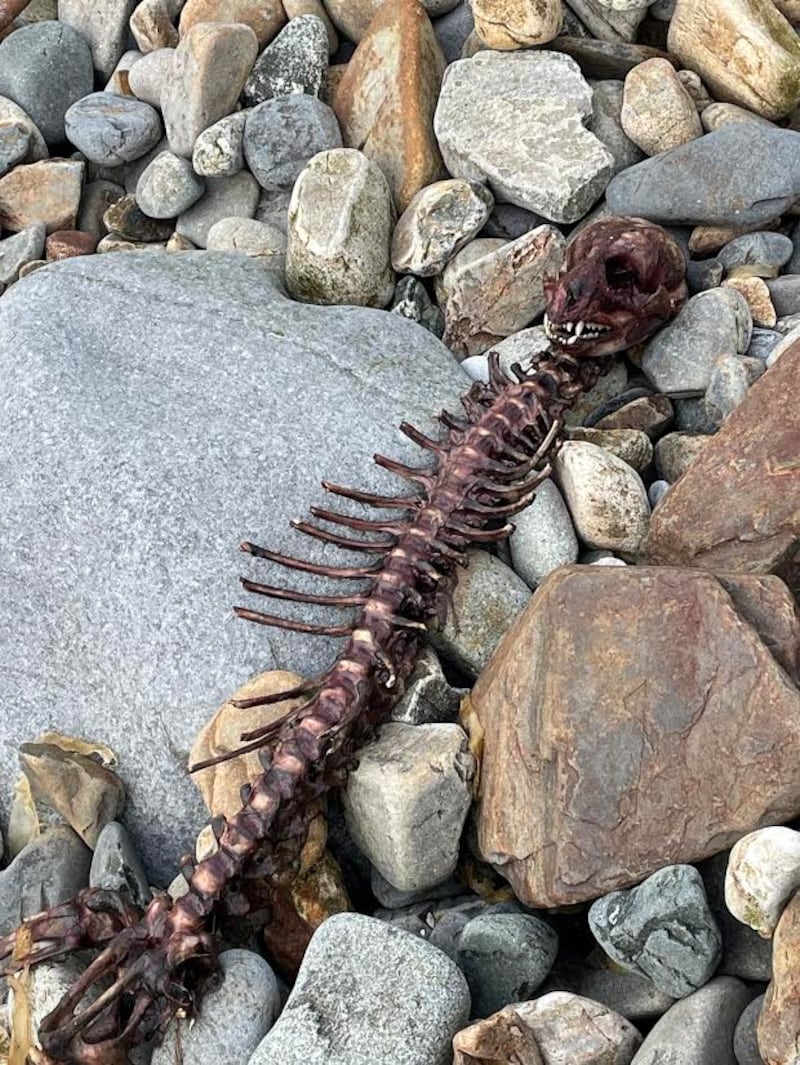
I’m getting in contact after some fruitless research regarding an animal carcass found at Portnoo Pier in Donegal some time ago. I apologise for sending imagery of a carcass; I’m sure it’s a bit gorier than the type of content you’re used to receiving. – Sarah McHugh, Donegal
Ah, I am made of sterner stuff. This is all that is left of a seal, but which species it is impossible to determine at this stage.
RM Block
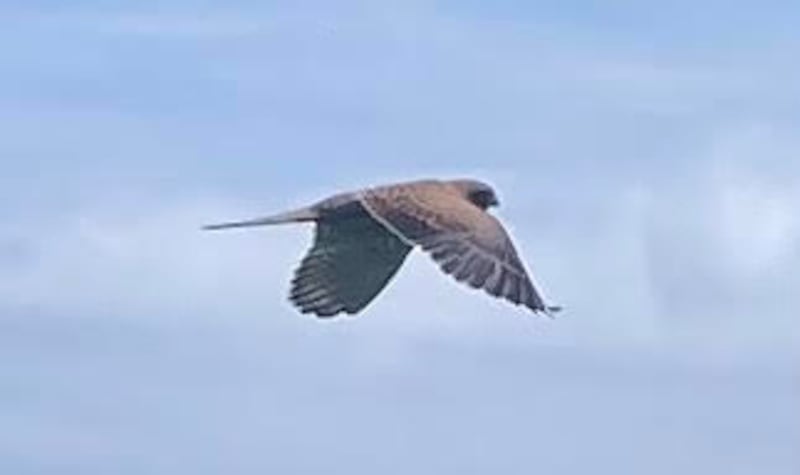
Last summer we saw a pair of striking birds patrolling their patch on the cliff walk in Dunmore East, Co Waterford. Can you please tell me what they are? – Colm Maguire
On first glance it does like remarkably like a kestrel, but Niall Hatch of Birdwatch Ireland has determined from the bulk of the wings, the rounded wingtip and the overall proportions, it is actually a buzzard. These birds are now widespread throughout Ireland, having made a dramatic return from Scotland when severe poisons were banned here in the 1980s.
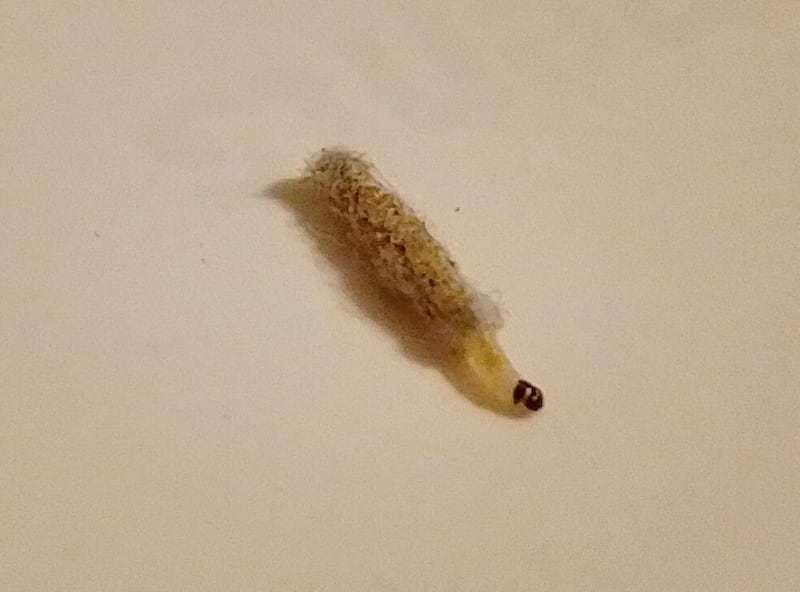
I saw this thing on the side of my bedside locker one evening while reading. It was about 10mm long and looked like a lump of fluff or dust at first, but then this tiny little head poked out of one end. The head was yellowish with a black/brownish tip. It was pulling itself along slowly using its head to drag the dust “tube” it seemed to be encased in. From searching on the internet, I think it is some kind of clothes moth larva, but I’m not sure. – Ellie Leonard (12), Knocknacarra, Galway
You are right: this is the caterpillar of the case-making clothes moth. It makes a protective case out of silk and material fibres, often blending in with the fabric, so damage is not noticed until a bare spot or hole is produced. It drags the case with it as it feeds by thrusting out its head and thoracic legs and pulling the case along. It does all its eating of your clothes in the caterpillar stage.
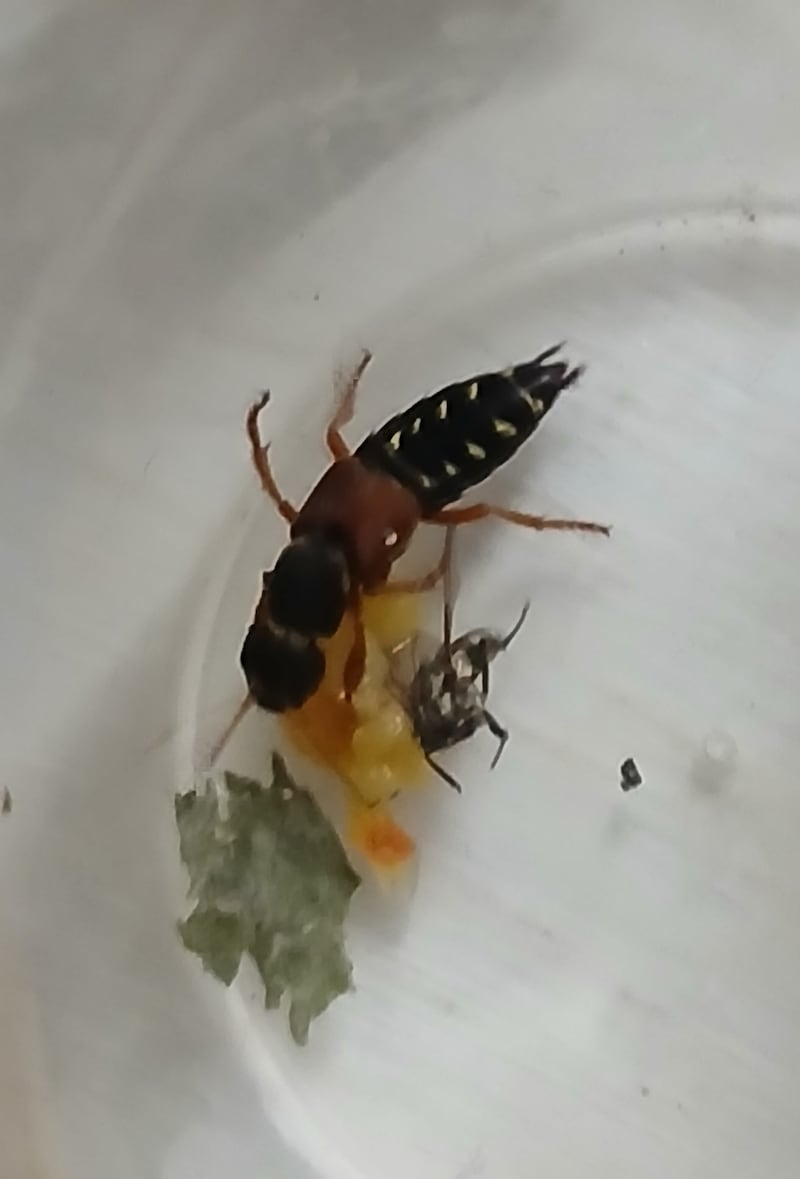
I came across this in our house; it may have come in with logs. At first I thought it was a wood wasp but it has no wings – so is it some sort of longhorn beetle? – Gene Draper, Bridgetown, Co Wexford
It is a rove beetle. The devil’s coach horse belongs to this group but is bigger and entirely black. This is Staphylinus dimidiaticornis, which has a rust-coloured covering over the wings, which it keeps folded and hidden underneath. It prefers to run fast round the garden rather than flying, where it fiercely attacks and eats any smaller creatures it comes across.
Please submit your nature query, observation, or photo, with a location, via irishtimes.com/eyeonnature or by email to weekend@irishtimes.com







